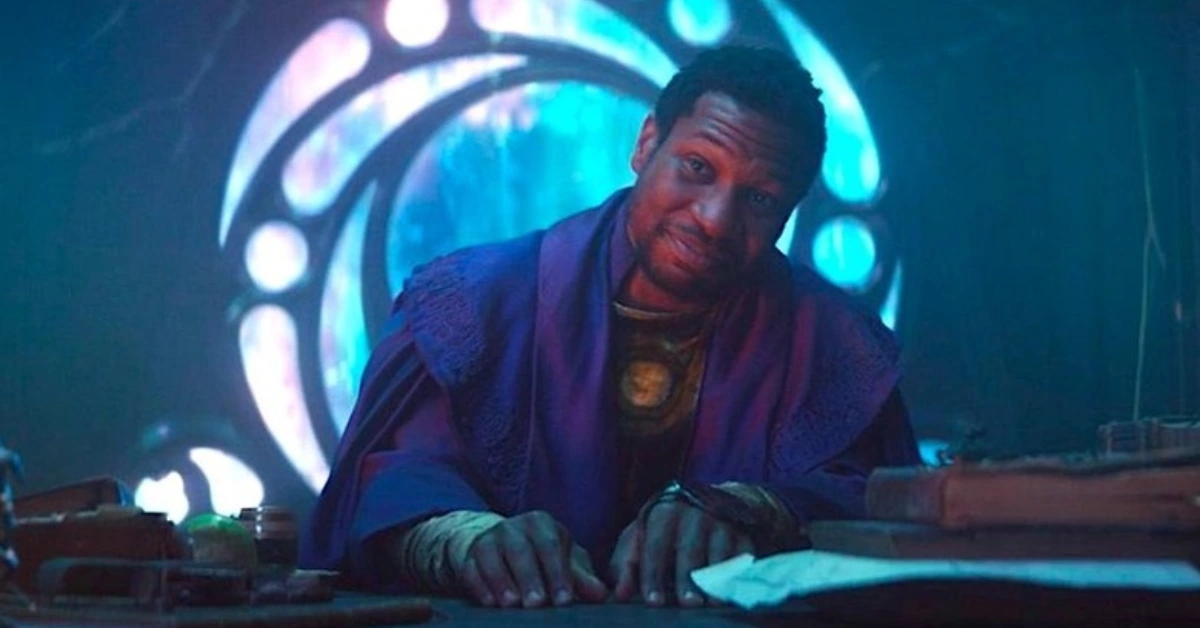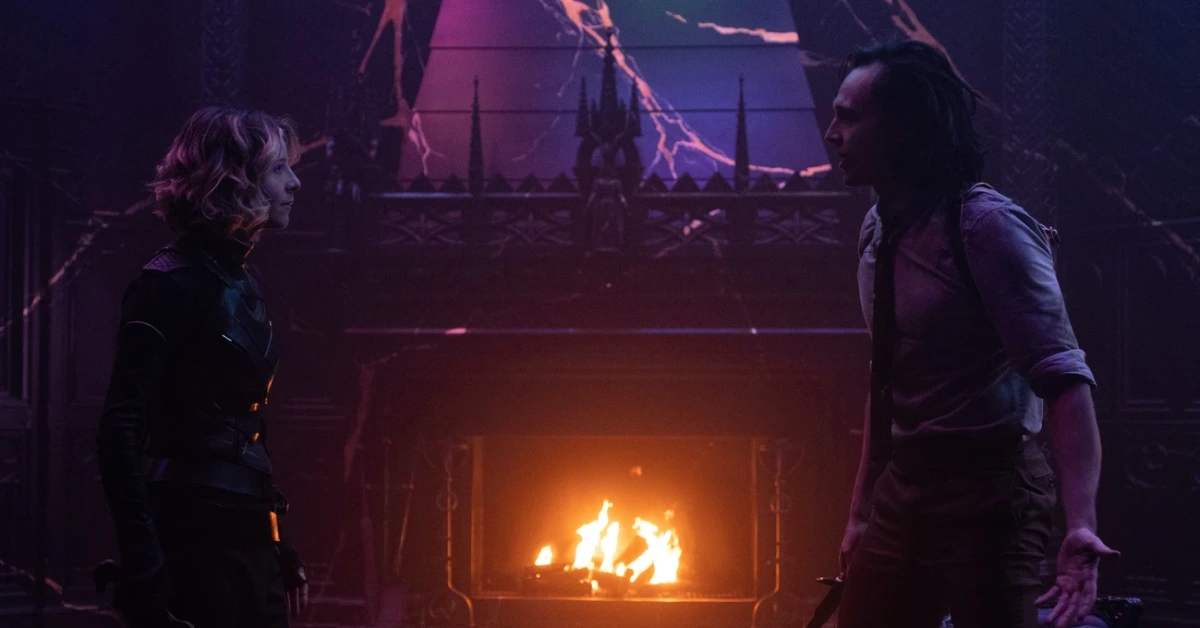Loki Ending Explained: The Disney Plus series’ riddles were eventually solved in Loki’s sixth episode, at least mostly. But now that season two has been officially confirmed, and some fans may be wondering what precisely transpired when Loki (Tom Hiddleston) and Sylvie (Sophia Di Martino) found their way to the Citadel at the End of Time.
That’s understandable because it was hazy and muddled, covering multiple parallel universes, countless permutations, and a significant cliffhanger that only left us with more unanswered questions than when we first watched it.
In the following paragraphs, we interpret Loki’s climax and speculate on what it might indicate for season two.
Finale Spoilers For Episode Six of Loki
A brief history is necessary before we go to the conclusion. Loki (Tom Hiddleston) and Sylvie (Sophia Di Martino) have been looking for the leader of the Time Variance Authority throughout the series. This sci-fi organization’s job is to “prune” cumbersome “branches” off the one genuine Sacred Timeline (including both our Loki variants).
Long thought to be space lizards known as The Time-Keepers, it was revealed a few episodes ago that this is a hoax. In conclusion, Loki and Sylvie eventually encounter the true master, played by Jonathan Majors, after overcoming a time-eating monster known as Alioth, defending a mystery castle.
Who is he? We may not be sure, although he occasionally goes by He Who Remains and is simply human, not some odd being. He tells the Lokis that he was once a scientist working in the 31st century who discovered parallel universes and collaborated with them to advance their respective universes’ technological capabilities.
Related post:
- Loki Season 2 Villain Revealed: Who Is The New Cast Member For Series?
- Deadpool Is The Only Hero Who Can Save The Multiverse
However, some of his various selves (or versions) were less concerned with civics. They decided to start a destructive multiversal war by destroying the other worlds to protect their own. Alioth was a being created from reality’s tears brought on by this struggle, and He Who Remains used it to cut off, isolate, and safeguard the Sacred Timeline (AKA our existence).
Alioth “pruned” and consumed anything that might have deviated from that timeframe and posed a threat to a connection with other worlds. And thus, it went on for ages until He Who Remains prepared the way for these two Lokis to enter his Citadel and take his position as TVA’s leader.
Thus, they must make a challenging decision.
The Final Scene of Loki
Major’s persona offers them two options: either take his place and carry on the TVA’s crucial work of defending their timeline from his evil alternate selves, or kill him and exact revenge for all the innocent people and timelines he had killed to achieve that goal – and face an infinite number of his variants which will start another multiversal war.
Anyhow, after a disagreement between the Lokis (‘our’ Loki thinks slaying He Who Remains will bring greater tragedy, while Sylvie believes both men are merely looking out for themselves), Afterwards, Sylvie sends Loki back to the TVA after a brief struggle and a surprise kiss.

He Who Remains is the last to be killed by her, and as he passes away, he chuckles and says, “See you soon,” maybe hinting at the arrival of his variations. The Marvel Cinematic Universe has many possibilities thanks to the Sacred Timeline, which splits and branches behind him into millions of potential outcomes.
Loki discovers Mobius (Owen Wilson) and Hunter B-15 (Wunmi Mosaku) back at the TVA, where they had taken it upon themselves to bring the TVA down and tries to warn them of what is to come. He claims that “someone” who is exceedingly dangerous and intent on war comes in many different forms. We must get ready, I say.
However, Mobius and B-15 are unaware of Loki’s current whereabouts. As he surveys the TVA, he notices that Major’s persona has taken the place of the Time-Keepers’ statues, which was done in a uniform that will be recognizable to comic book readers. That’s it!
Loki Ending Explained
So what exactly occurred there? We do, however, have some suggestions, practically all of them revolve around Kang the Conqueror, a legendary Marvel comics villain known for his propensity for time travel and conflict.
Though He Who Remains was slightly different, Majors has long been rumored to be playing Kang in some upcoming Marvel films, and it now seems that one or more of his variations might be the real Kang. In essence, the character we saw in this episode was a (relatively) good-hearted Kang, a villainous variety similar to how Sylvie is to the main Loki.
The genuine Kang, too? Well, he might already be there. All the violent variants are dressed in a variation of Kang’s attire when Majors describes his background (a semi-circular collar over the torso, linked down to a belt, and with a kind of helmet that leaves the face free), while his attire, a purple cloak with a semi-circular collar, suggests a similar, albeit softer, look.
The statue of Majors in the TVA, when Loki returns later, openly wears Kang’s comic-book attire, implying that the “real” evil Kang — or Kangs — is in power (Mobius and B-15 also refer to a “he” they were working for).
It’s unclear how exactly this occurred. Was Loki taken to another dimension? It’s possible that Sylvie unintentionally sent Loki back to an alternate TVA, where Kang was clearly in command the entire time, and they never encountered Loki or any version of him. This is because of the Sacred Timeline’s fragmentation.
Alternately, it’s possible that one of He Who Remains’ evil incarnations has already entered the TVA and taken control, rewriting history for everyone save Loki (who might still recall what occurred because he was “beyond time” in the Citadel earlier in the episode).
In any case, Loki, the TVA, and reality are in a pickle. The universe is just around the corner, the Sacred timeline has split, and a horde of super-intelligent supervillains are on the move, ready to obliterate the Marvel Cinematic Universe. It seems like good material for a future season.
Doctor Strange In The Multiverse of Madness And Loki Season 2
In the episode’s sole post-credits sequence, Loki’s return for a second season is announced with a red stamp on his TVA file. Even though it’s one of the briefest post-credits scenes in Marvel history, it gets the job done.

There are a few hints in the finale about what will happen next, like the odd disappearance of Judge Renslayer (Gugu Mbatha-Raw), who flies off earlier in the episode to look for “free will.” Still, no information is provided in the Loki post-credits scene (implied to be He Who Remains).
She might become one of the few who know what truly happened because she avoided the TVA’s reshaping by existing outside the usual time. We can suppose that season two will reveal what she got up to and what or who she indeed looked for.
Assuming, of course, that Tom Hiddleston’s involvement in the rather pertinent-sounding Doctor Strange in the Multiverse of Madness (releasing before Loki season two, we would assume) suggests that the story could be continued there first, with that film acting as something of a bridge between seasons one and two. Season two will pick up on Loki’s struggle to prepare our reality for Kang the Conqueror.
However, as the first arc of Loki on Disney Plus ends, there are plenty of things to consider. It was an exciting finale, whether or not you fully comprehend it.



Leave a Reply